Here's an excerpt from A Leslie Evans' book, The Story of Baglan*:
This old inn formerly stood near the eastern boundary of Baglan Lower, in the gap between the Foel Mountain and Mynydd y Gaer, through which, in remote geological times, the River Avon flowed. The inn lay on the side of the road connecting Cwmavon with Neath, being frequented by Cwmavonites journeying to athletic sports and the centuries-old market fair held at Neath. The Tafarn provided a customary stopping place, children being treated to soft drinks, sweets and cakes, supplied by a cluster of temporary stalls erected nearby. On such occasions, the inn was packed with thirsty fathers seeking good cheer, and the festive atmosphere of the event resulted in its being called, “Ffair Bach y Mynydd” – i.e. the Little Mountain Fair.
Following the passing of the Sunday Closing Act of 1881, Tafarn y Bwlch did a roaring trade on the Sabbath because of its remoteness, but when the Rhondda and Swansea Bay Railway was completed in 1895 the Avon Valley people preferred the comfortable train journey to Neath to the long trek past the Tafarn, with the result that its trade steadily dwindled, forcing it to close. It became a small farmstead for a time, but its history concluded when it was gutted by a fire in 1928. With the passing years, it was swiftly torn apart and became a stark ruin, little of which can now be seen amid the engulfing sea of bracken which sweeps the mountain slopes.
William died in 1905 and the 1911 census shows that the inn’s ‘ale days’ had ended by then, the property occupied by Job and Mary Sargent and their seven young children, aged between 12 and 1. Job worked as a Colliery Repairer and was born in Cymmer; Mary was from Abergwynfi and they both spoke English and Welsh. But, in a sign of the Anglicisation spreading across industrial South Wales all of their children were listed as speaking only English.
You can stand next to the Tafarn’s tumbled ruin and in the adjacent field and imagine the chatter and ebullience of its 19th century visitors. You can also imagine its 21st century visitors in the discarded beer bottles and cans concentrated in one particular spot.
* The Story of Baglan, privately published by the author 1970, is available to read at the Port Talbot Library.

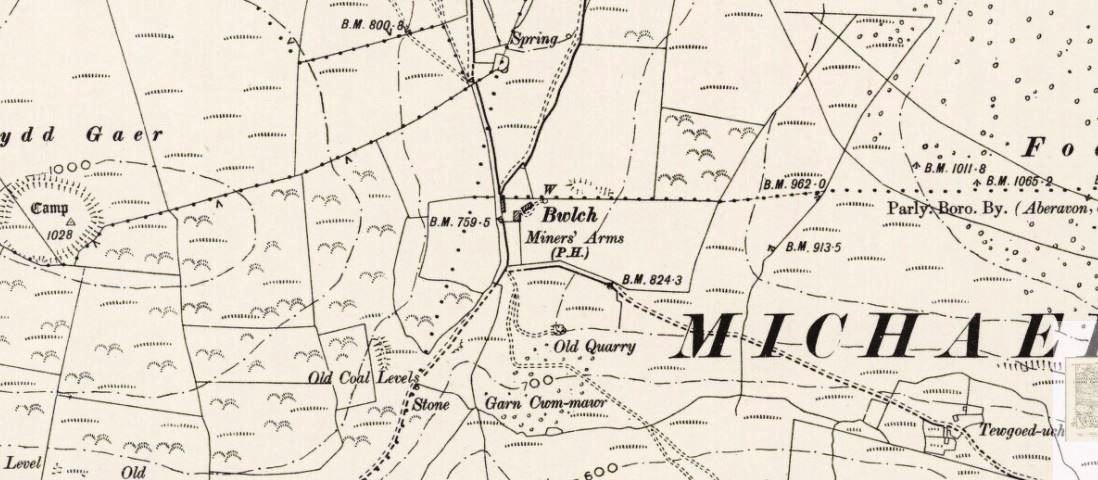
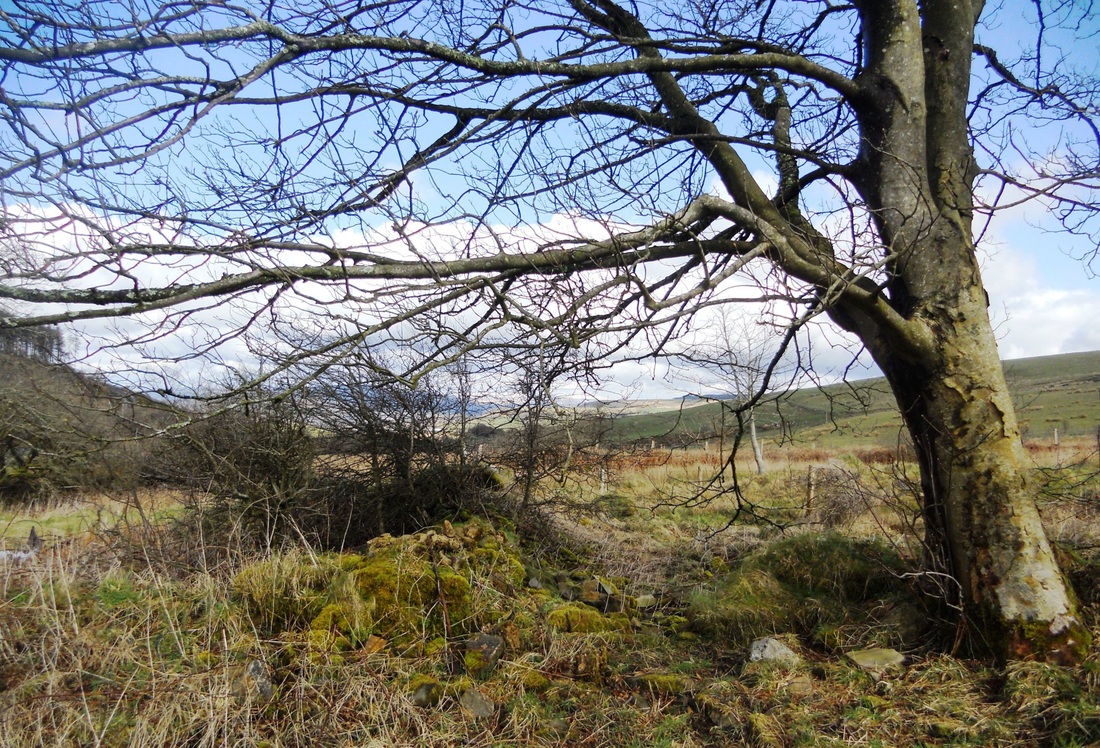
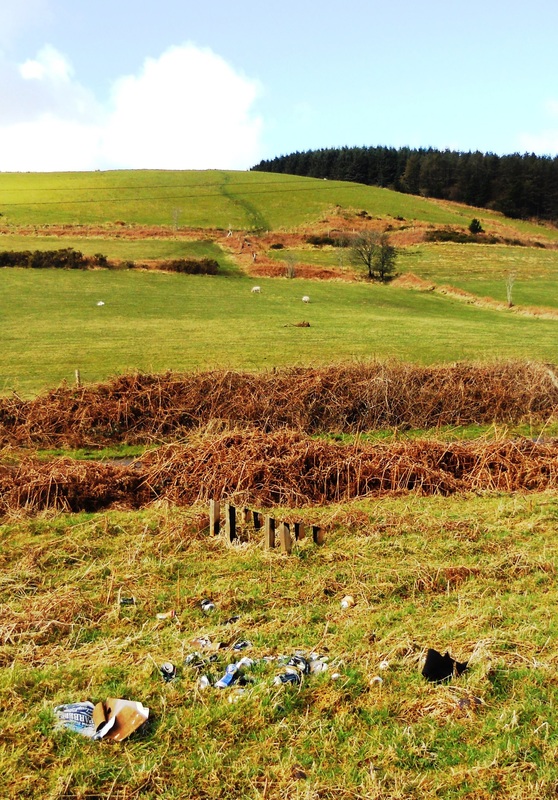


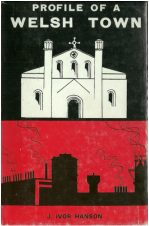
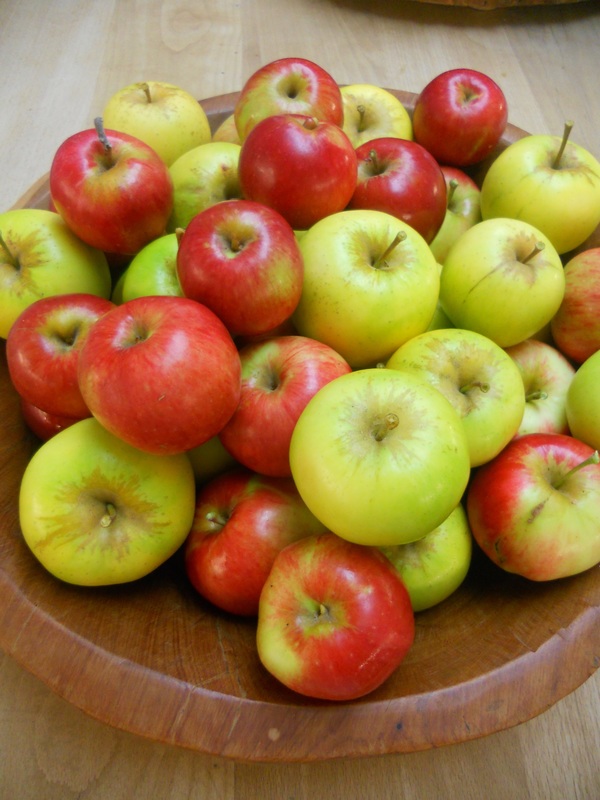
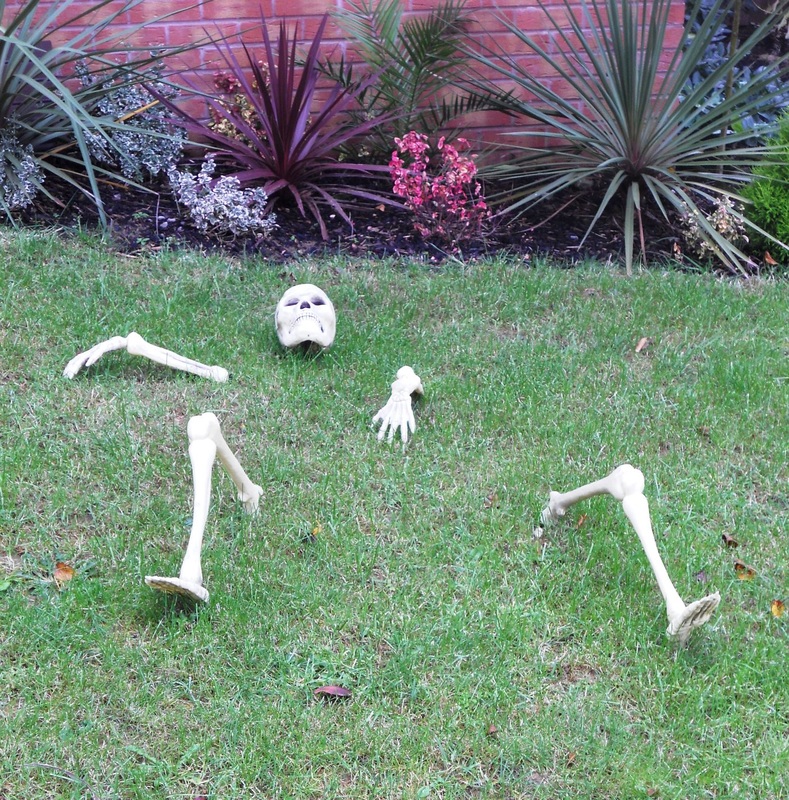
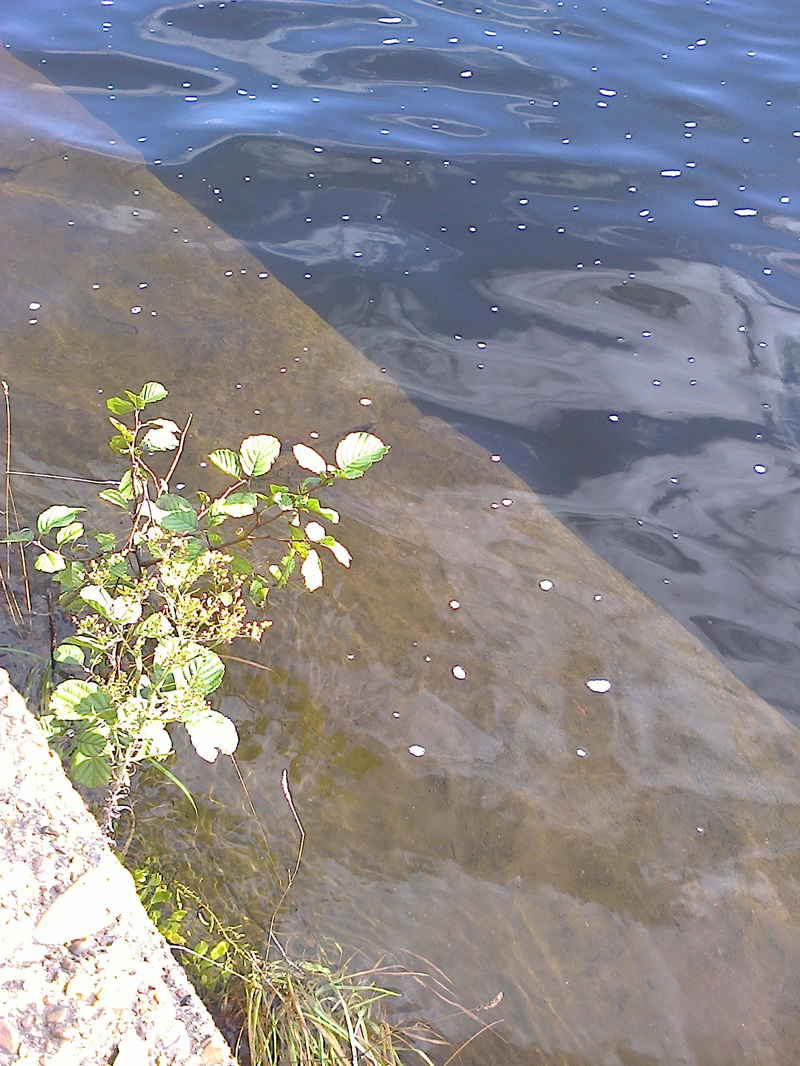
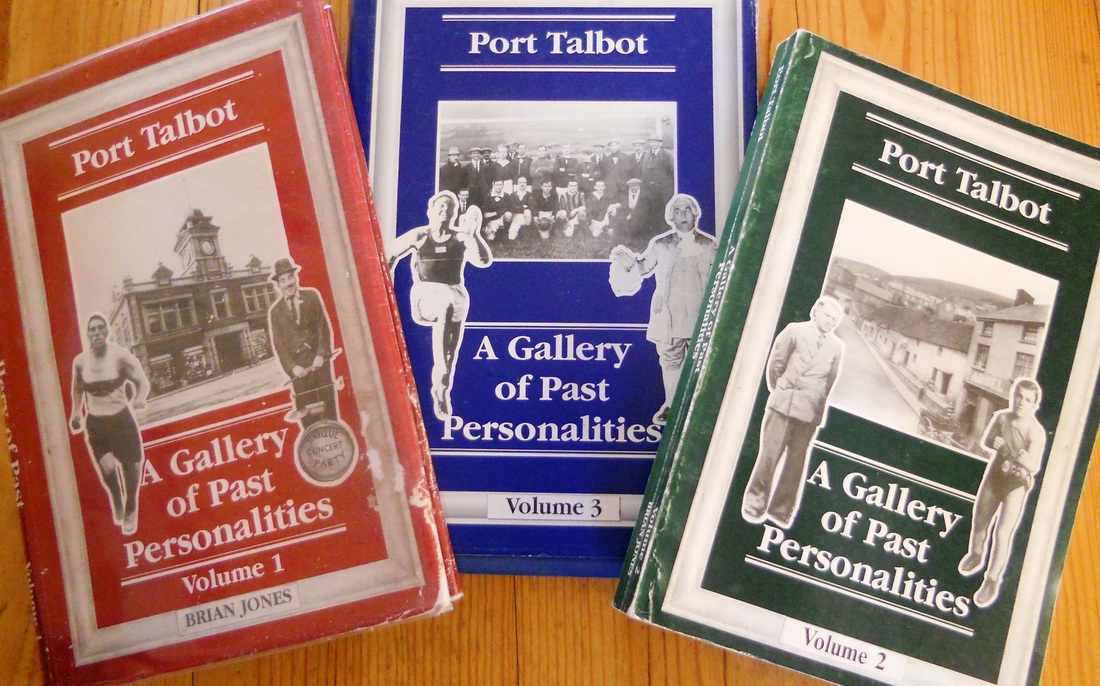
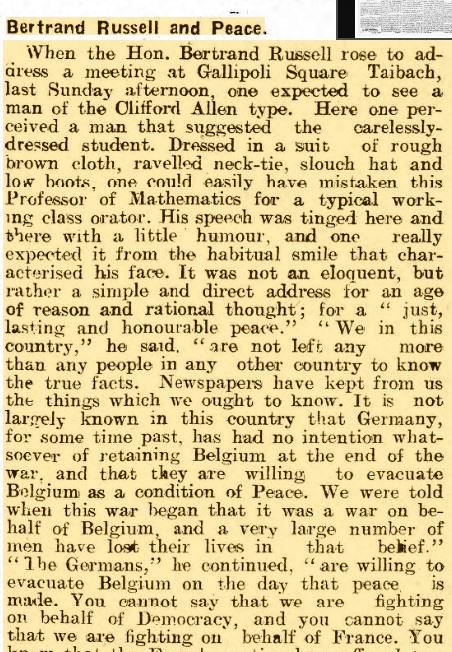
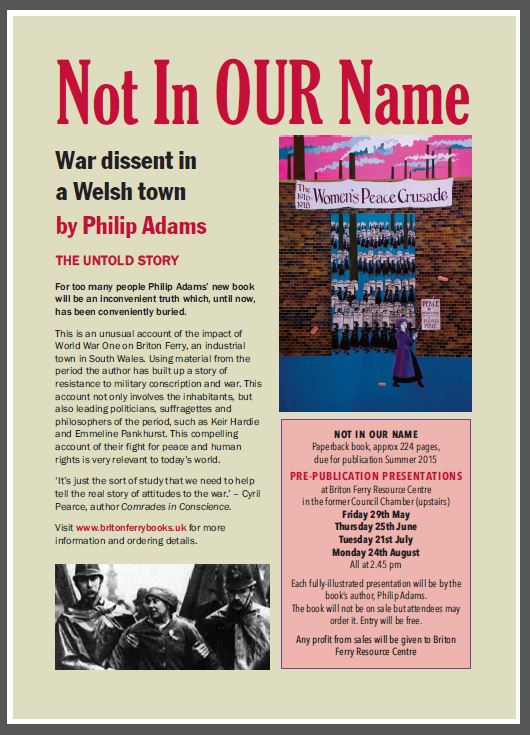
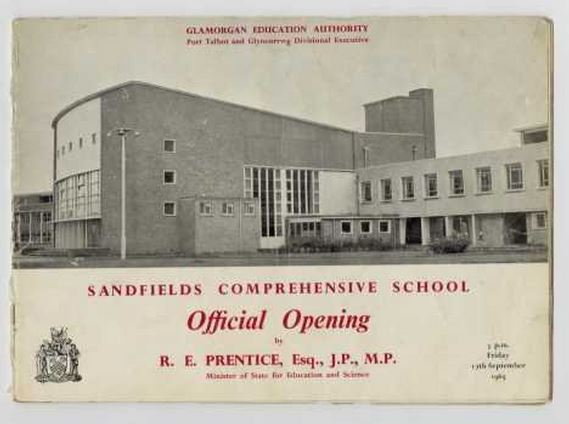

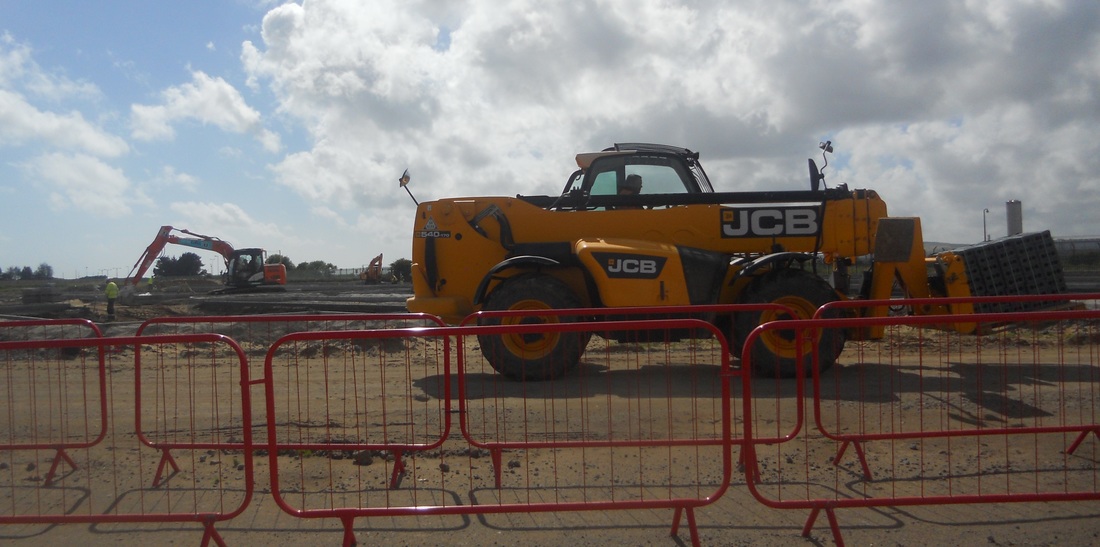
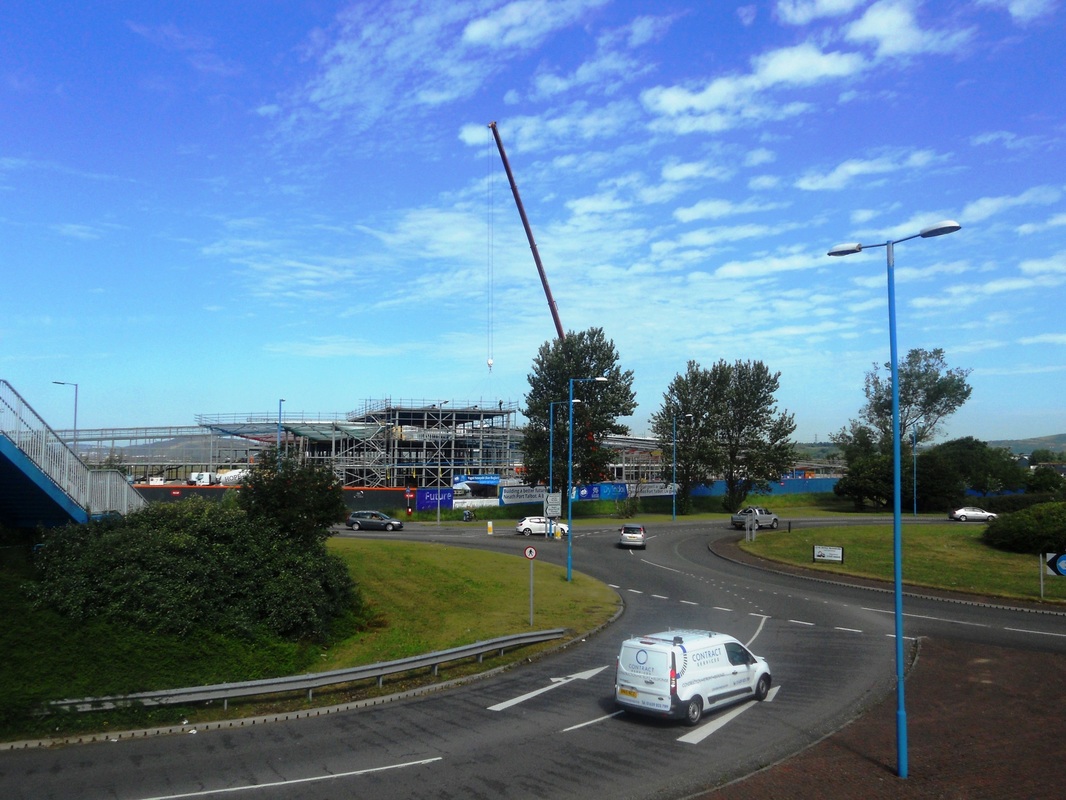

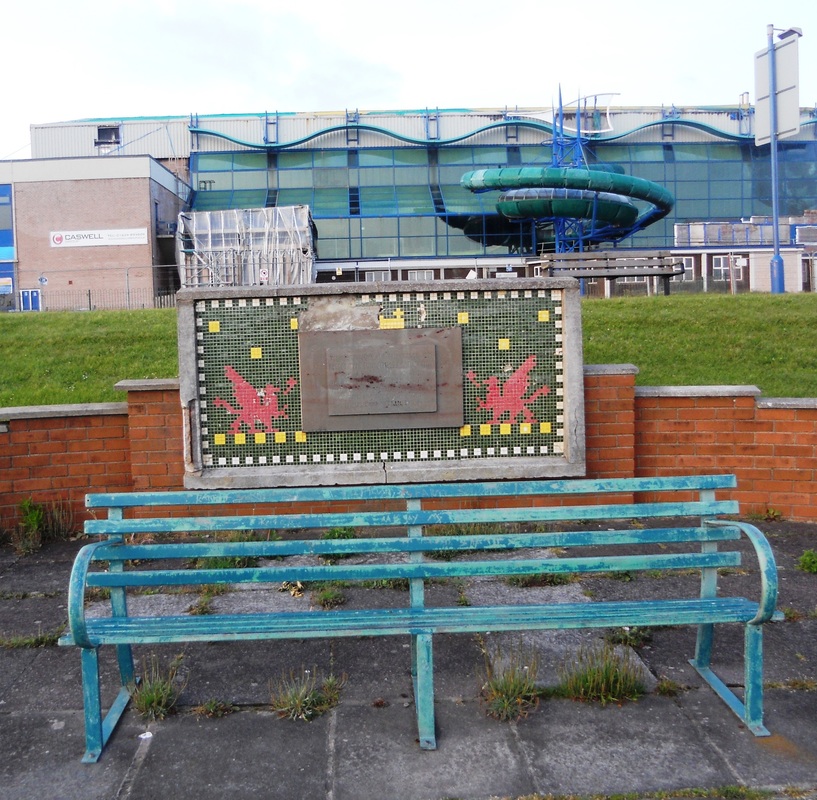
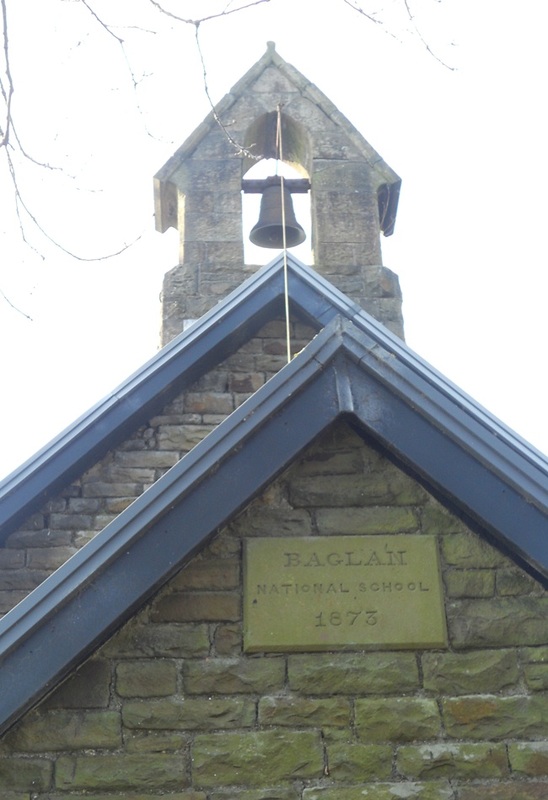
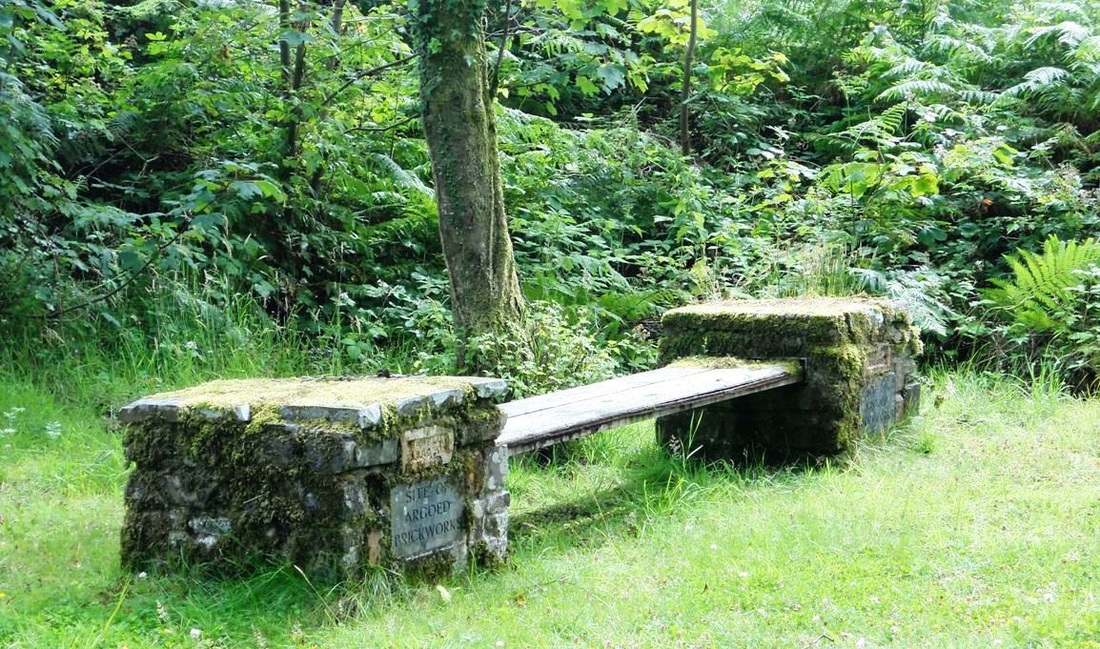
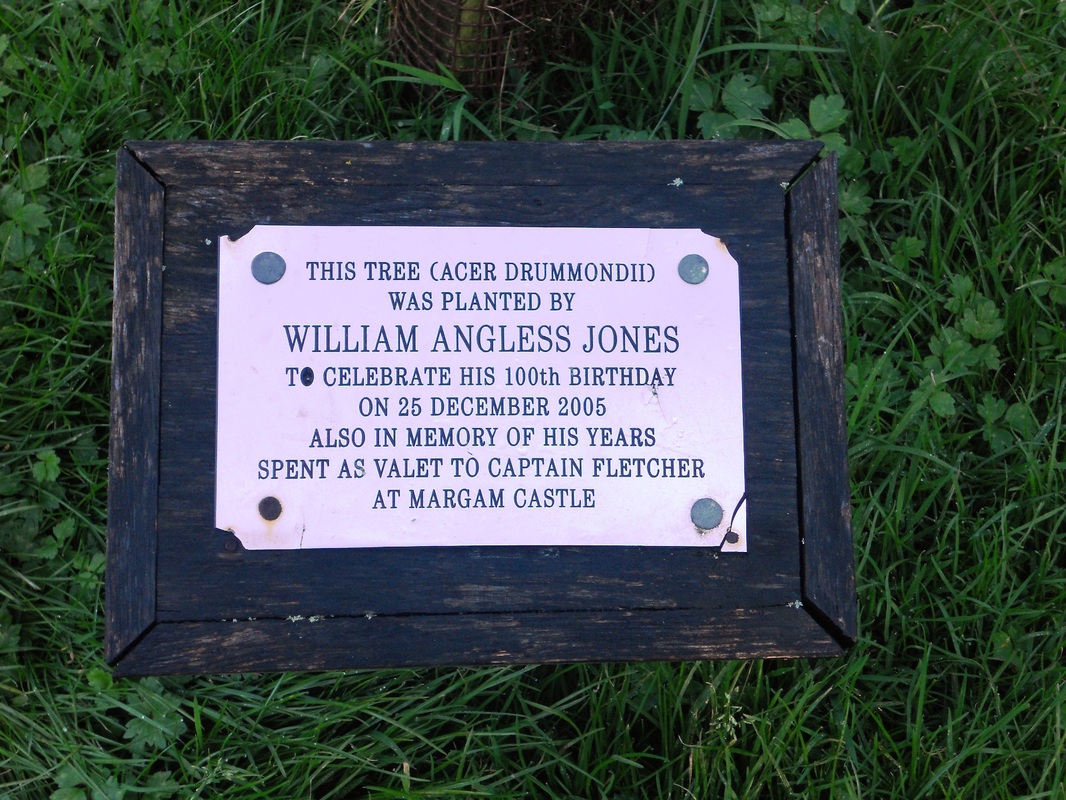
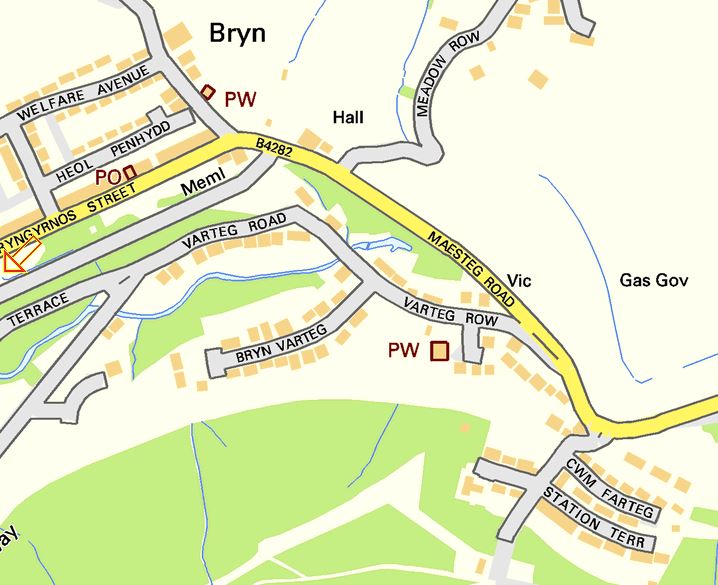
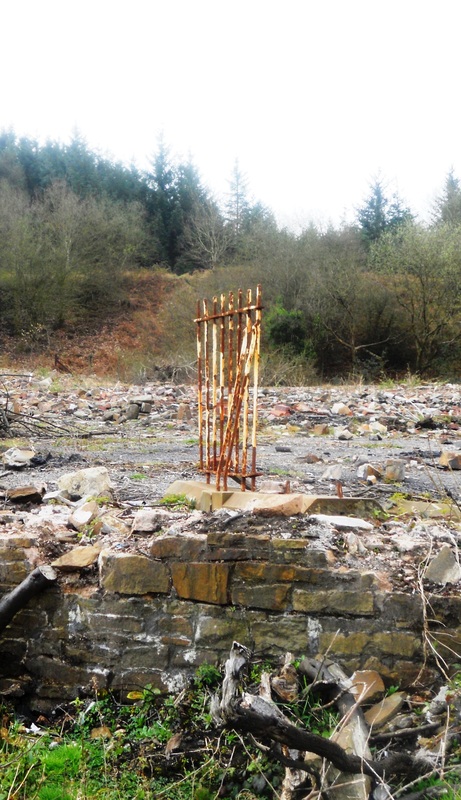
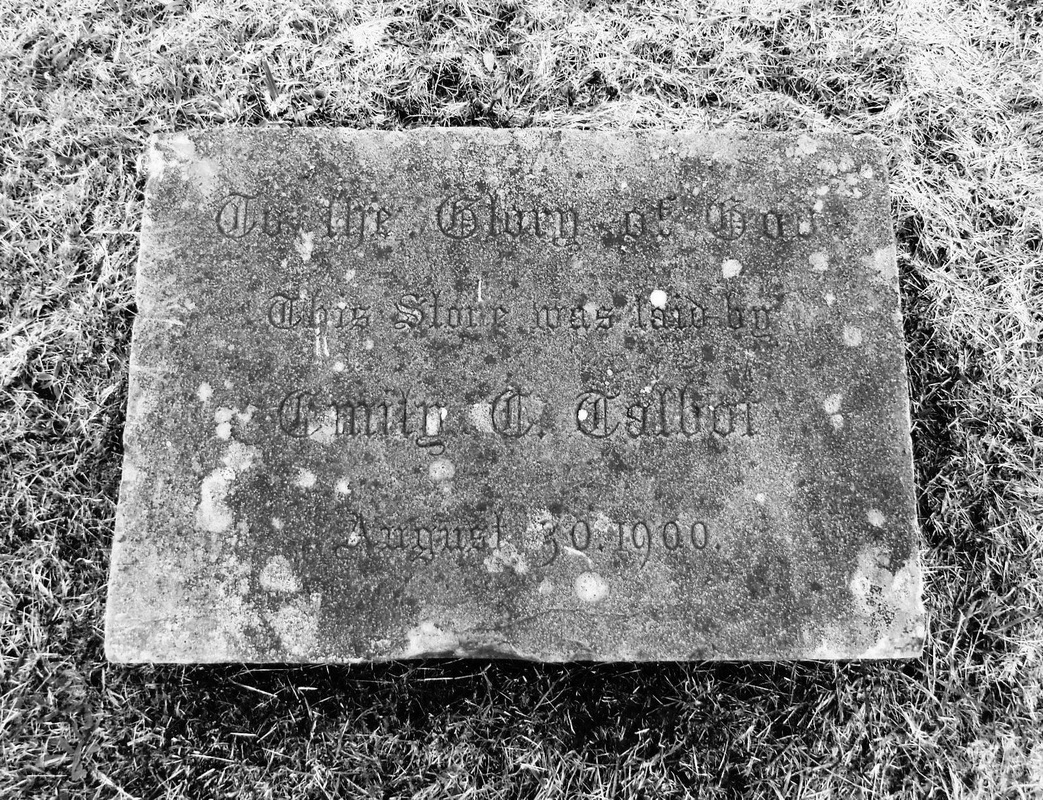
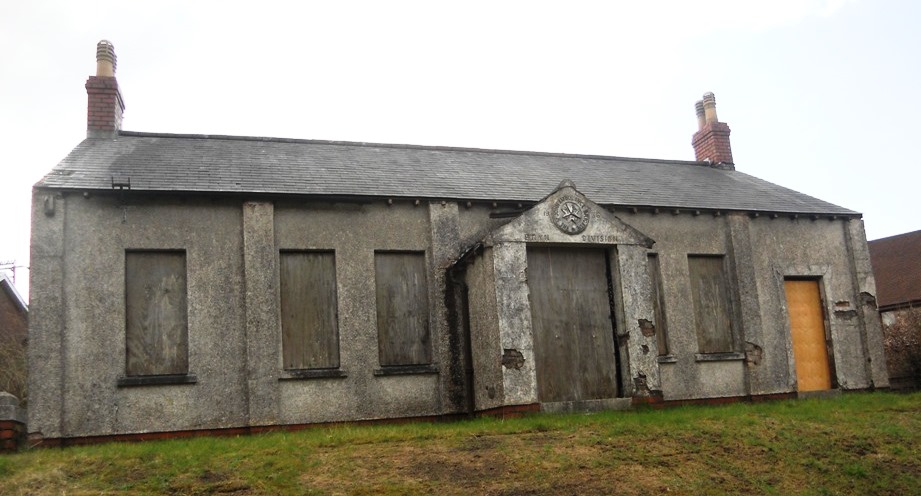
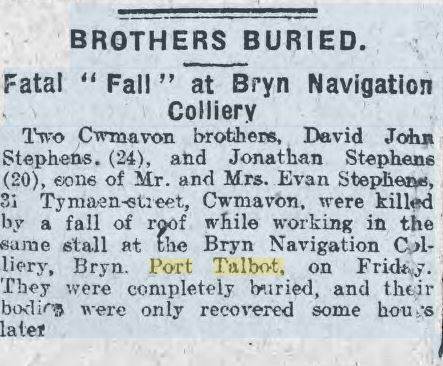
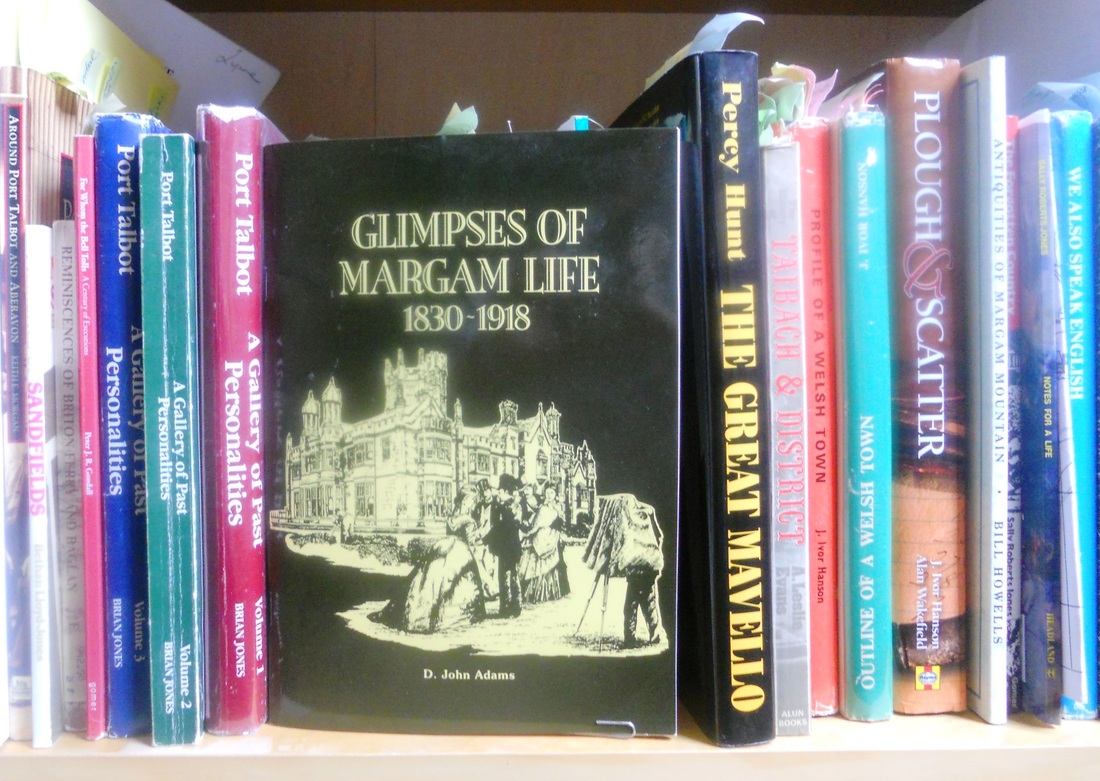
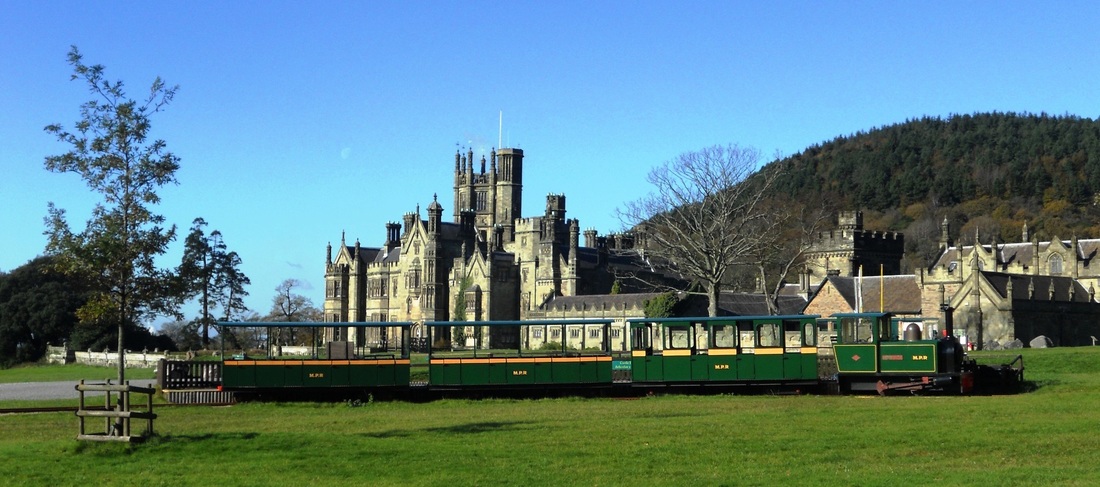


 RSS Feed
RSS Feed